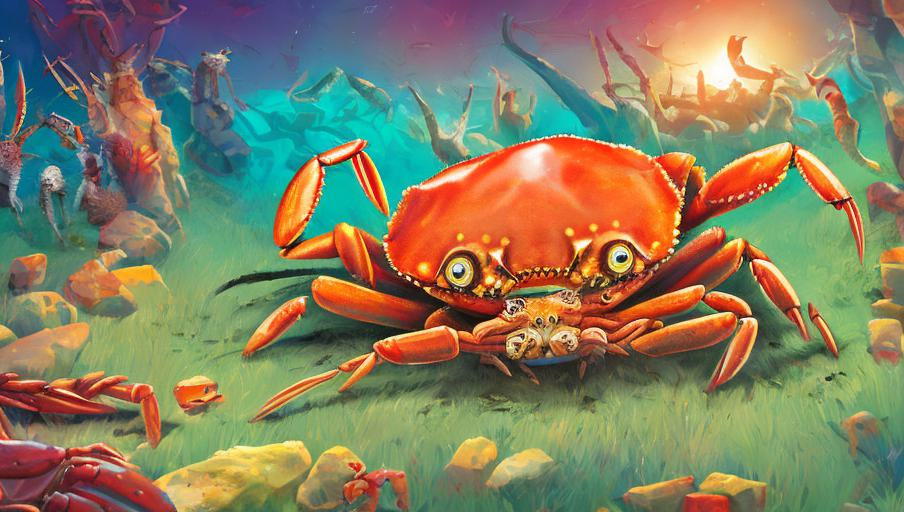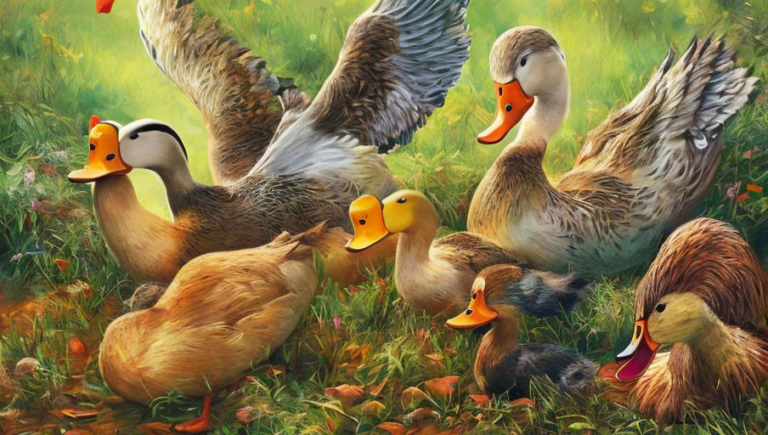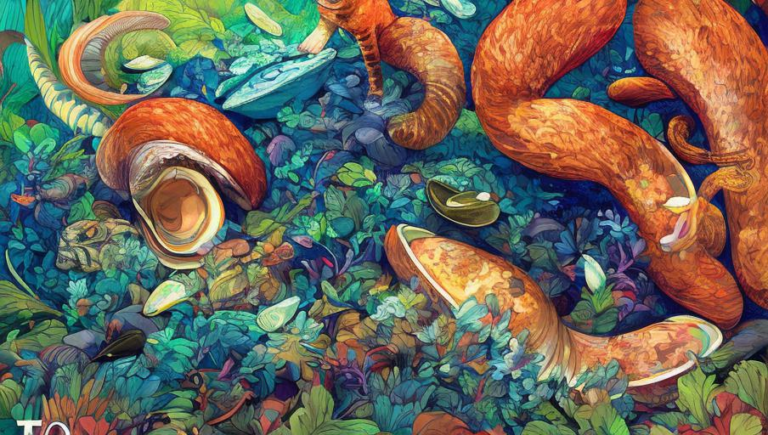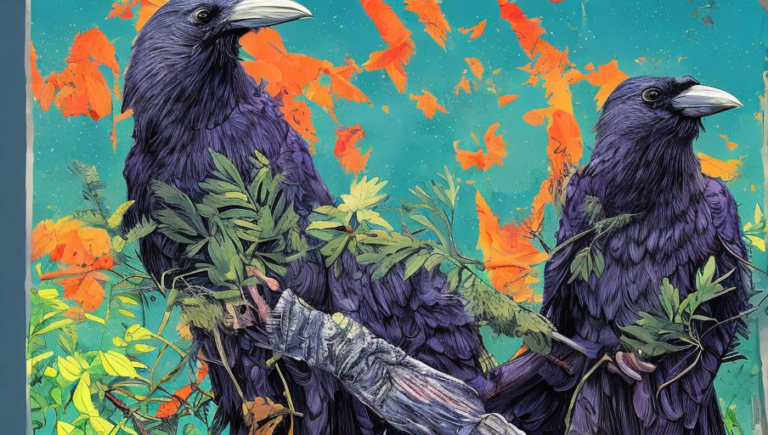Nurturing Crab Habitats

Nurturing Crab Habitats
Crabs are fascinating creatures that can be found in a variety of habitats, from shallow tidal pools to coral reefs. They come in a range of shapes and sizes, from the tiny hermit crab to the giant Japanese spider crab. As omnivores, crabs feed on a variety of food sources, from small invertebrates to algae. Despite their hardy reputation, crabs are vulnerable to a variety of threats and need our help to ensure their survival.
Threats to Crab Habitats
Crabs face many threats in their natural habitats, such as pollution, overfishing, and habitat destruction. Pollution from industrial and agricultural runoff can contaminate the water and make it difficult for crabs to find food. Overfishing can lead to a decrease in the number of crab predators, allowing the species to grow out of control. Finally, the destruction of natural habitats, such as mangrove forests, can leave crabs without a place to call home.
Ways to Protect Crab Habitats
Protecting crab habitats starts with understanding the needs of the species and their environment. This can include limiting activities that damage habitats, such as dredging, trawling, and bottom trawling. Additionally, creating protected areas, such as marine parks and sanctuaries, can help create refuge areas for crabs and other marine life. Also, creating artificial reefs can provide crabs with additional habitat, while also providing food and shelter for other species. Finally, educating the public on the importance of preserving crab habitats can help create a culture of conservation.
The Benefits of Crab Habitats
Protecting crab habitats has a variety of benefits, both for the species and the wider environment. Crabs play an important role in their ecosystems, providing food for predators and controlling populations of small invertebrates. Additionally, crabs act as a source of food for humans, and their habitats provide a livelihood for many coastal communities. Finally, healthy crab habitats are essential for maintaining healthy coral reefs, which provide a home for countless other species.
Conclusion
Crabs are a hardy species that can be found in a variety of habitats, from shallow tidal pools to coral reefs. Despite their resilience, crabs are vulnerable to a variety of threats, such as pollution, overfishing, and habitat destruction. Therefore, it is important to take steps to protect their habitats, such as limiting activities that damage habitats and creating protected areas. Additionally, educating the public on the importance of preserving crab habitats can help create a culture of conservation. In turn, this will provide numerous benefits, both for the species and the wider environment.





